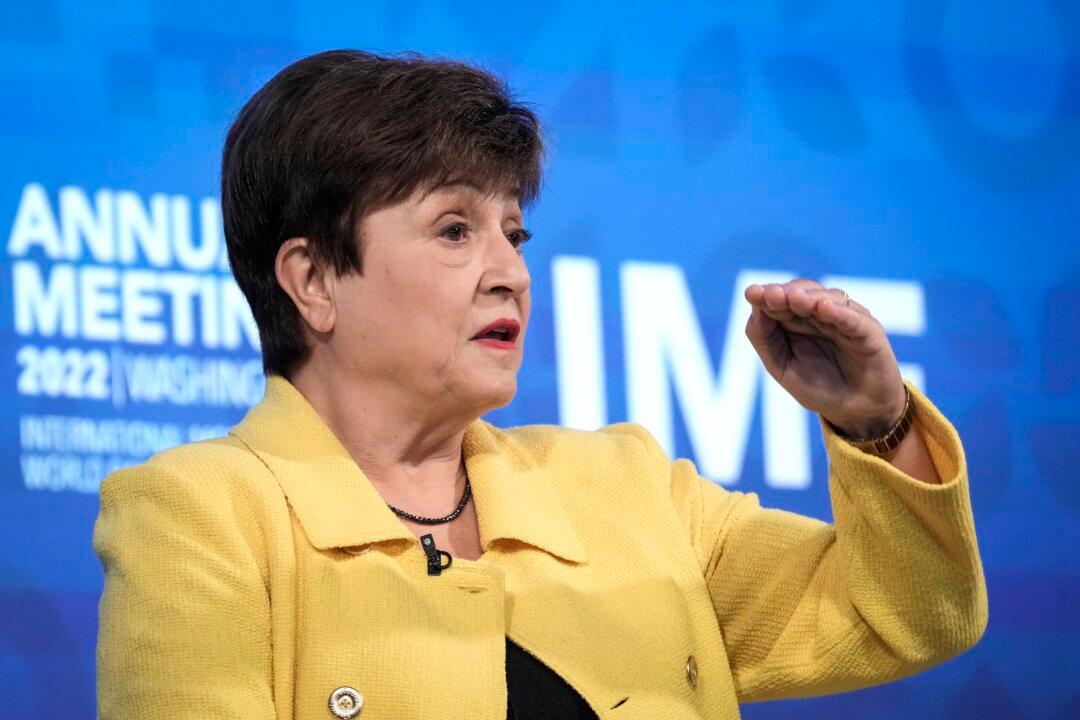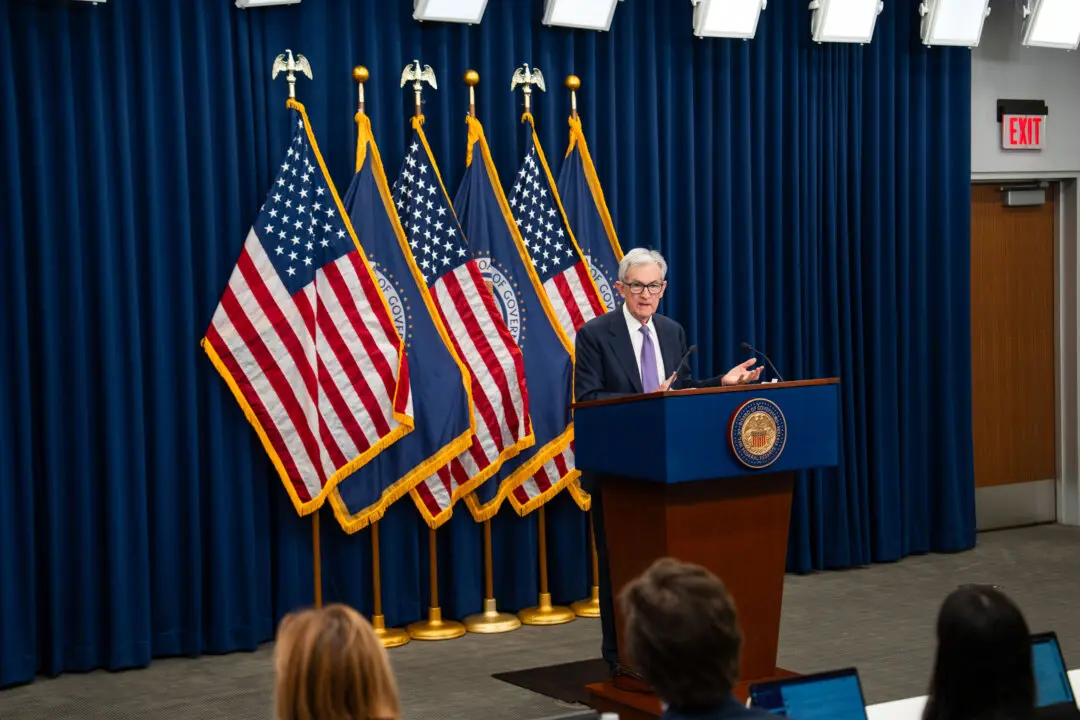Global economic growth will remain below 3 percent in 2023, with the next five years of growth remaining around the same level, according to International Monetary Fund (IMF) Managing Director Kristalina Georgieva.
Georgieva stated that central banks would need to keep raising interest rates and leaving them higher for longer, to achieve the goal of restoring price stability as elevated price inflation persists throughout the world economy, which will weigh on growth prospects.





